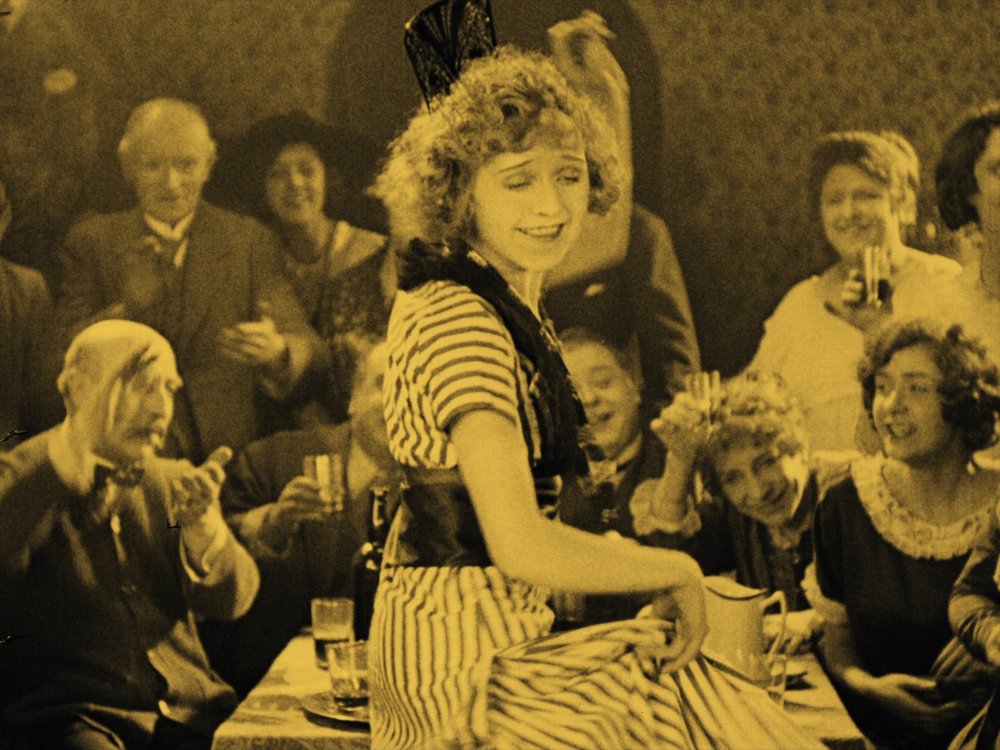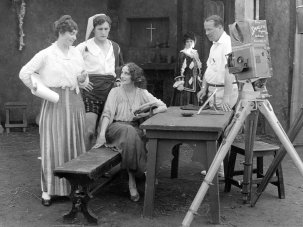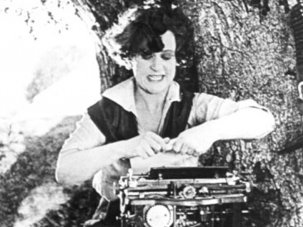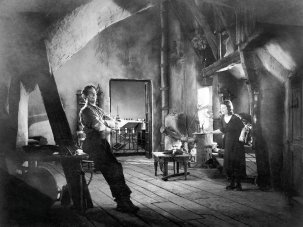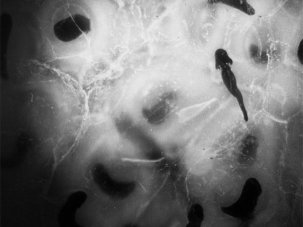When you are restoring a silent film, you have to watch scenes over and over and assess the speed at which the film was shot, so you tend to notice things like the rate at which people move.
Love, Life and Laughter, restored by BFI National Archive at L’Immagine Ritrovata, Bologna with the collaboration of EYE Filmmuseum, and support from the Eric Anker-Petersen Charity, will receive its restoration world premiere at the BFI London Film Festival on 3 October.
Betty Balfour, star of this year’s BFI archive restoration, is a firefly; a Tinkerbell. She moves faster than other actors and uses this restless physicality to underpin the youthful, bubbly characters she is called upon to play. Those rapid body movements suggest a dancer’s training and are slightly reminiscent, to me anyway, of Chaplin and Mary Pickford, with whom she is sometimes compared.
Her facial expressions, by contrast, are paced precisely to be read and understood with complete clarity – happy, sad, mischievous, furious, compassionate: a one-woman emoji generator and, of course, a film director’s dream. With a bright open face, big eyes and blonde curls, she is a perfect package, thoroughly English, utterly modern.
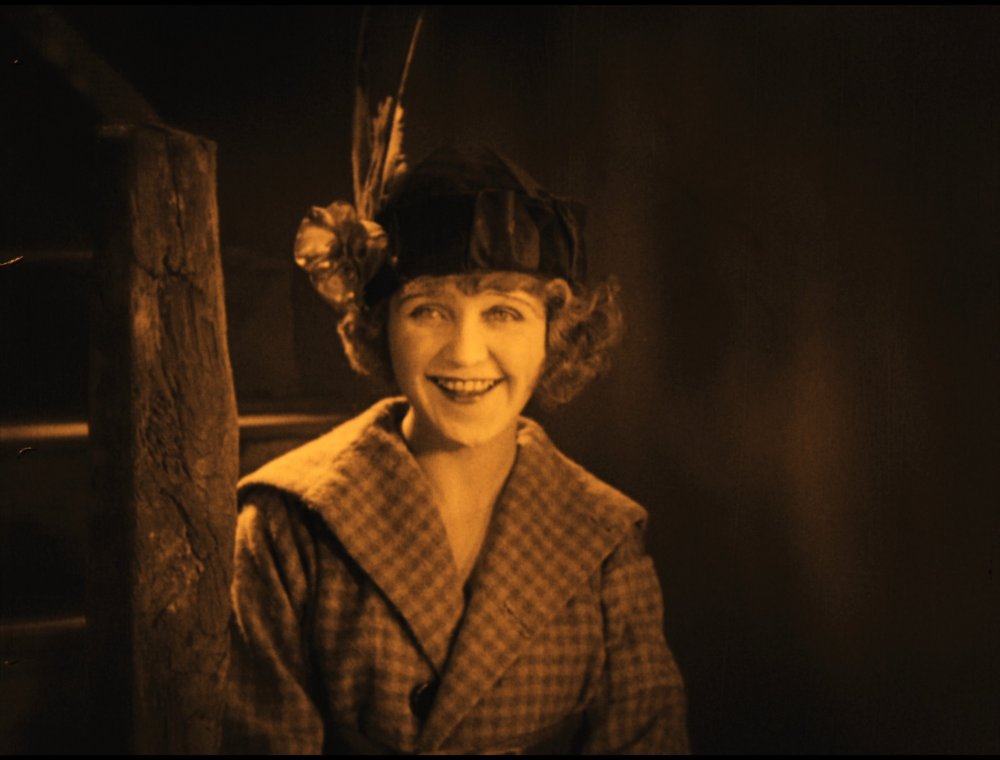
Love, Life and Laughter (1923)
She was consistently voted favourite female British film star in press polls in the 1920s; the public adored her. So did the early film pioneer George Pearson, who became obsessed with her, proposing multiple times and directing her in her signature role of cockney flower girl Squibs. He spotted her in her first small stage roles and saw to it that she got a part in Nothing Else Matters (1920); she’s not on screen for long, but she practically burns a hole in the celluloid with her wide-eyed gamine stare.
Only a fragment of that performance remains and many of her subsequent films are also sadly incomplete, including Love, Life and Laughter (1923). A print of this, long one of , was finally found in the Netherlands in 2014. Dutch cinemagoers, big fans of Balfour’s character Squibs, couldn’t quite let her go of her and retained the character name for the film, rather than the ‘Tip-Toes’ used in the English version.
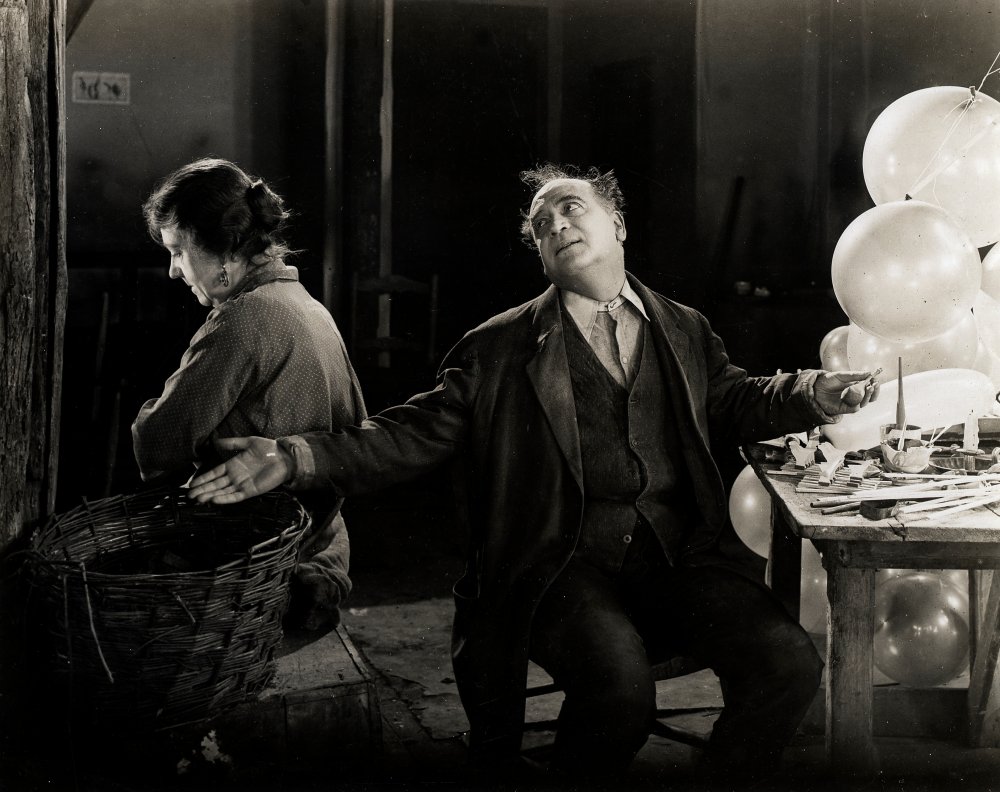
Love, Life and Laughter (1923)
Love, Life and Laughter was intended by Pearson to be edgier than the Squibs series and has a complicated story-within-a-story structure for the audience to puzzle out, but after four outings for the delightful Squibs, the film followed in much the same rosy vein. Betty plays a happy-go-lucky working-class chorus girl who charms everyone she meets and is in love with a serious young writer of tragic prose that no one wants to publish. He lives in the garret above hers in a slum tenement ruled over by a sharp-tongued landlady and the hen-pecked landlord, a balloon seller who is also a bit of a homespun philosopher: “The ’opes of young people is like the air in balloons. The more ’ope, the ’igher you goes. Too much ’ope – bust!”
In one of Pearson’s favourite scenes, as he explained in a television interview decades later, a balloon escapes to float up the tall staircase of the tenement building – an obvious metaphor for her spirit of optimism and happiness drifting up to brighten the writer’s sad existence and a warning to her not to rise too high.
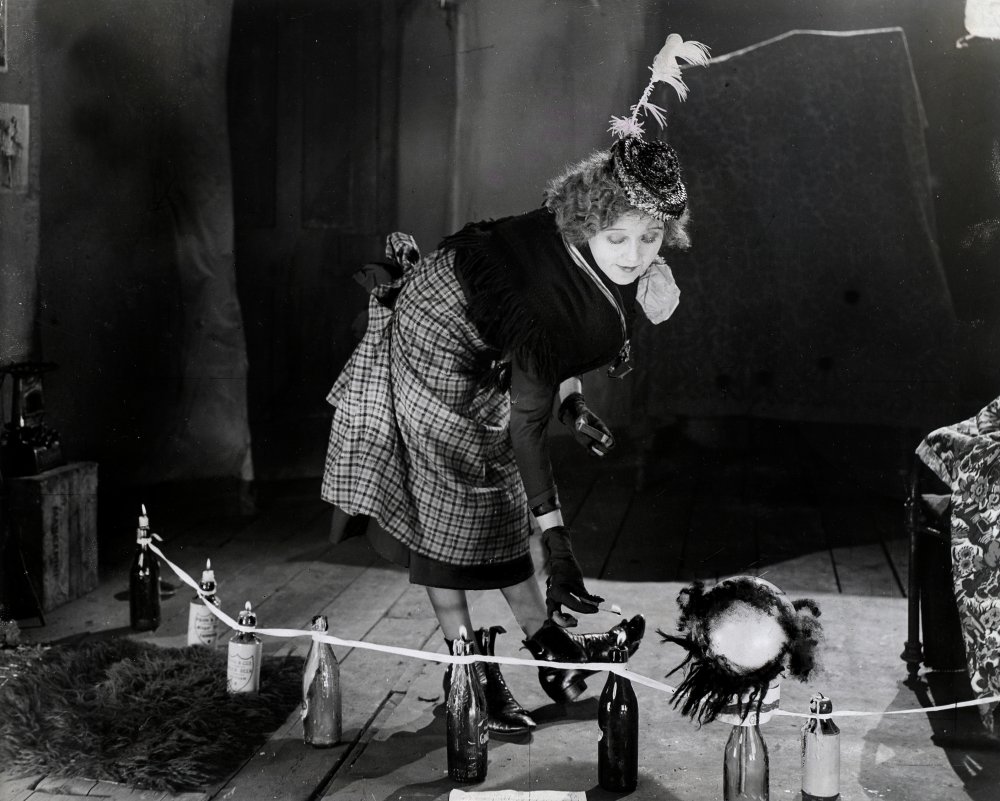
Love, Life and Laughter (1923)
The balloon metaphor was used extensively in the publicity provided to exhibitors to promote the film. A sketch of Tip-Toes in the press book sums up the themes of the film well, showing her stretched as if on the surface of a balloon, with ludicrously long cartoon legs, striding comically across her home-made music hall stage, practising for stardom with homemade bunting and candles in bottles acting as footlights.
From the glimpses we get of her performances – a kind of Vesta Tilley or Lily Morris who can entertain equally the nobs in the stalls and the humbler folk up in the gods – Tip-Toes is destined for success as a great music hall star. The writer, meanwhile, unable to sell his great novel, descends into the hell of the dosshouse. Much of the more sombre trajectory of the writer is missing from the film, so it is difficult to judge its quality, and we only get fragmentary scenes showing TipToes earning her success.
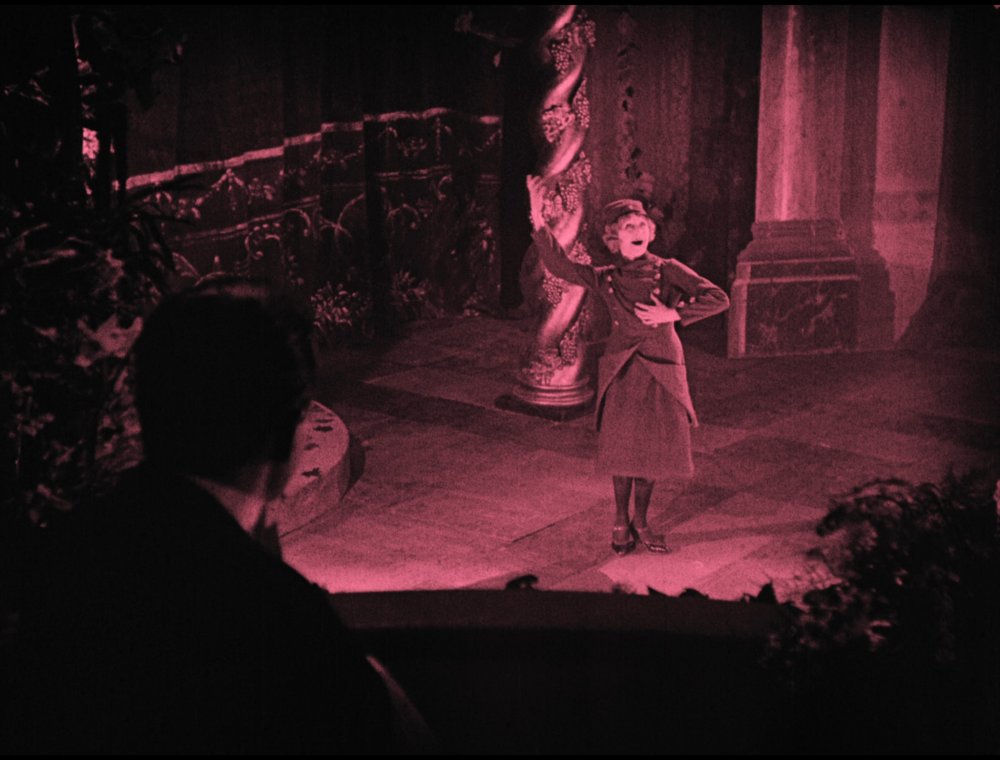
Love, Life and Laughter (1923)
The missing material from the Dutch nitrate print discovered by the Eye Filmmuseum in Amsterdam adds up to a little over 20 minutes, and has been filleted in segments from throughout the film rather than taken as a single reel. It’s difficult to account for the multiple cuts, although scenes like the big dance numbers (there must have been one with Betty) may have been excised as stock footage or souvenirs, or may have been damaged in projection.
Happily, there is just enough remaining to get an idea of the flow of the narrative, including a few truly captivating scenes, such as Tip-Toes entertaining her boarding-house chums in a round-the-piano sing-song with a sprightly rendition of Yes! We Have No Bananas. This replaced Oh! My Sweet Hortense (1921) from the English version (you can lip-read them singing it, as Antoinette Fawcett, who translated the titles has pointed out). Yes, We Have No Bananas! was the hit of 1923 when the film came out, so presumably the film’s distributor in the Netherlands thought it would boost box-office receipts.
With Betty Balfour as star it hardly needed it.
-
The 100 Greatest Films of All Time 2012
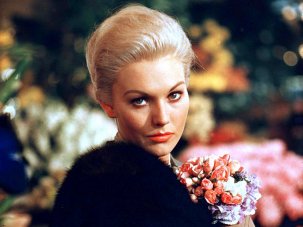
In our biggest ever film critics’ poll, the list of best movies ever made has a new top film, ending the 50-year reign of Citizen Kane.
Wednesday 1 August 2012
-
BFI London Film Festival 2019 – all our coverage

We’ve reviewed over 50 (and rising) of the films programmed in this October’s London Film Festival. Find them all here.
-
The Digital Edition and Archive quick link
Log in here to your digital edition and archive subscription, take a look at the packages on offer and buy a subscription.




